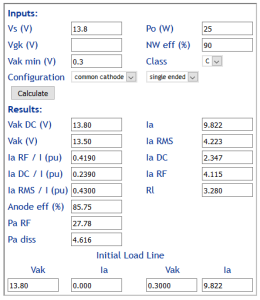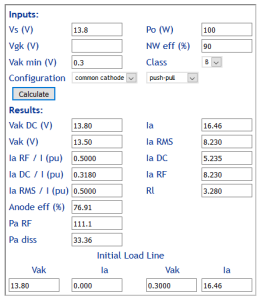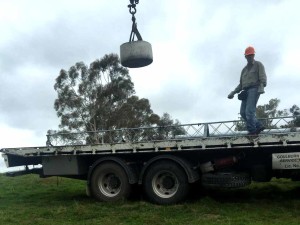I made a couple of picnic tables about 35 years ago. The design was broadly inspired by picnic tables deployed by the ACT administration at the time (local government), it used a galvanised water pipe frame for table and integral seats and hardwood tops.

I kept one of these tables, and the hardwood eventually degraded sufficiently to warrant replacement.
Durable timber has become very expensive, and the choice limited. Red Ironbark (a eucalypt endemic to the forests south east of here), GOS (green off saw) and DAR (dressed all round) was chosen, and stacked in the shed for a couple of years to dry down to 10% moisture content.
The timber was washed down, trimmed and edged, drilled and oiled (Organoil, a naturally drying oil mix), and fixed to the table with 304 stainless countersunk socket head M8 screws and nyloc nuts.

Above, the refurbished table. Total mass is 125kg, about half of that is in the hardwood and the rest in the steel frame.
The table will required replenishment of the oil finish every year, but should be a durable non-toxic lasting finish with that maintenance.
Last update: 21st February, 2016, 5:50 PM












